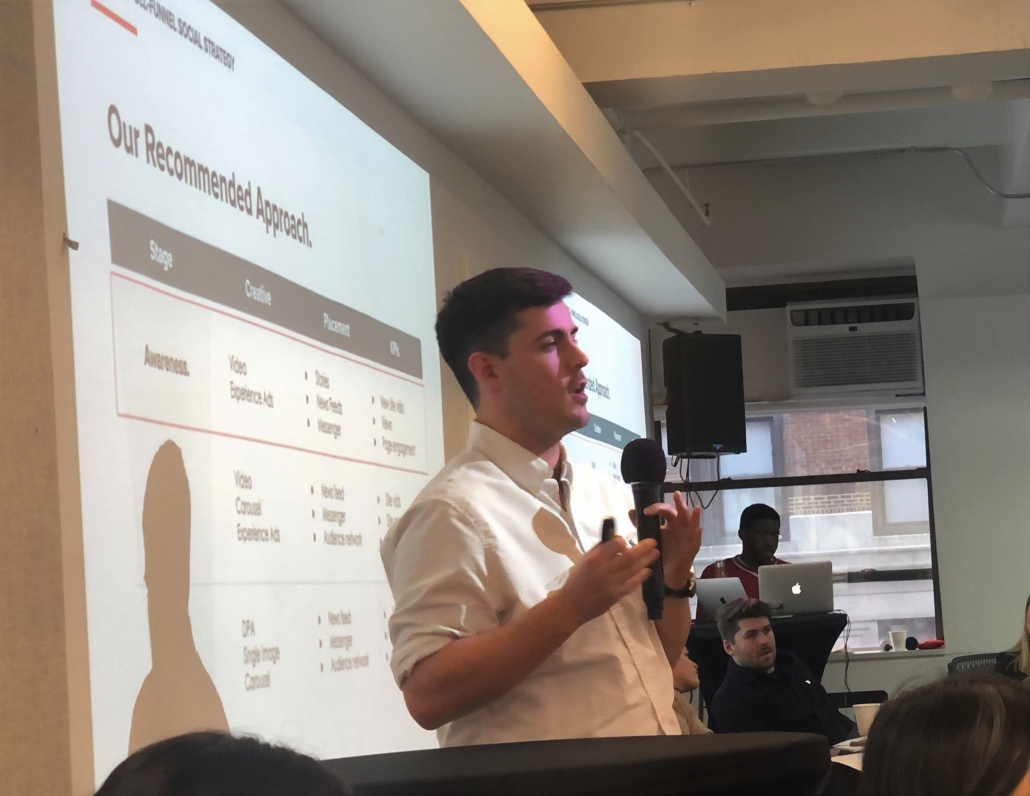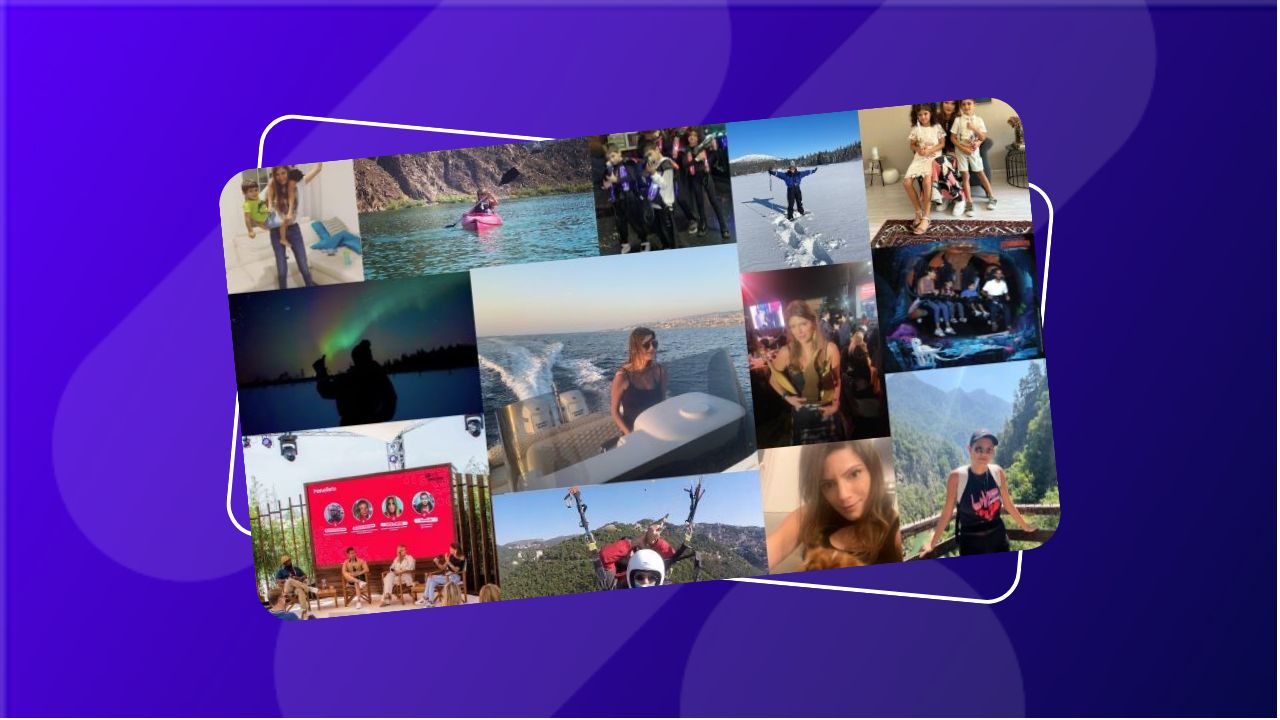
Creating a Full-Funnel Approach to Paid Social
The paid social landscape can be difficult to navigate – the variety of platforms, formats, and KPIs can be overwhelming, especially if you’re trying to implement a comprehensive strategy that covers the entire marketing funnel. Our Head of Delivery, Craig Brown, shared his insights at a recent Masterclassing event, helping us to better understand a full-funnel approach.
Aiming for Awareness
Paid social advertising, especially on Facebook and Instagram, is perfect for building brand awareness at the top of the funnel, with stories being one of the most powerful ad placements. The low cost-per-view and CPM, coupled with the highest view-through rate of any channel, make the format a smart choice for building awareness among a large target audience.
Video content works best, but it’s important to approach it the right way. The first five seconds are vital – if you don’t include the brand name and problem/need, you’ve lost an opportunity to promote your product in context.

Many people don’t think you can measure awareness, but it’s possible to do with the right KPIs. Metrics like new site visits and views can tell you how you’re doing and help you optimize your strategy. Brand lift studies are a great tool to use as well since they measure the direct impact of your ads on consumers’ perceptions and behaviors.
Encouraging Engagement
The middle of the funnel is all about crafting the initial conversation with in-market users and driving them to where they need to be. Often times, the goal is to increase website visits and engagements.
The Audience Network
While traditional feed ads have an extensive reach, the Audience Network presents a good opportunity to drive traffic to your site at significantly lower CPCs, making it a great option if your budget isn’t flexible.

Lead Forms
Facebook and Instagram offer convenient in-app lead forms that can auto-populate with user information. These lead forms can reduce cost per sign up by 50% and provide data for strong 1st-party audience targeting across devices.
Facebook Messenger
Facebook ads can include a link to Messenger, allowing brands to start conversations at scale and making it easier to engage with over one billion monthly users. Businesses specify the content consumers initially receive, then tailor the experience to best fit individual needs.
Closing with Conversion
As we all know, the bottom of the funnel is focused on converting potential customers into sales or leads. Utilizing 3rd-party audience data in tandem with user information you’ve previously gathered makes it possible to effectively retarget visitors with relevant, dynamic product ads. Promotional messaging around deals also spurs consumer purchases, as it gives a compelling reason to finally convert.
The Facebook Marketplace gives you a chance to target users who are already in-market to make a purchase. With over 800 million global users, the platform has the capacity for extensive reach. It represents a great opportunity to capitalize on the consumer mindset and convert in the right place, especially with those who have previously engaged with your brand.
 Social has historically been seen as a tool just for awareness and engagement, but that’s changed. It now sits across the entire funnel and provides many chances for connection throughout the customer journey, but many don’t know how to leverage those opportunities at the right time. A full-funnel approach is dependent on understanding where and when to target users, as well as the right KPIs that fit each stage of the funnel.
Social has historically been seen as a tool just for awareness and engagement, but that’s changed. It now sits across the entire funnel and provides many chances for connection throughout the customer journey, but many don’t know how to leverage those opportunities at the right time. A full-funnel approach is dependent on understanding where and when to target users, as well as the right KPIs that fit each stage of the funnel.
For more insights on the full-funnel approach, you can download the slides from Masterclass on Slideshare: A Full-Funnel Approach to Paid Social
Browse: Industry Insight
Read Next
Find out how we can help you
With offices around the world, we can build a team perfect for your needs.

